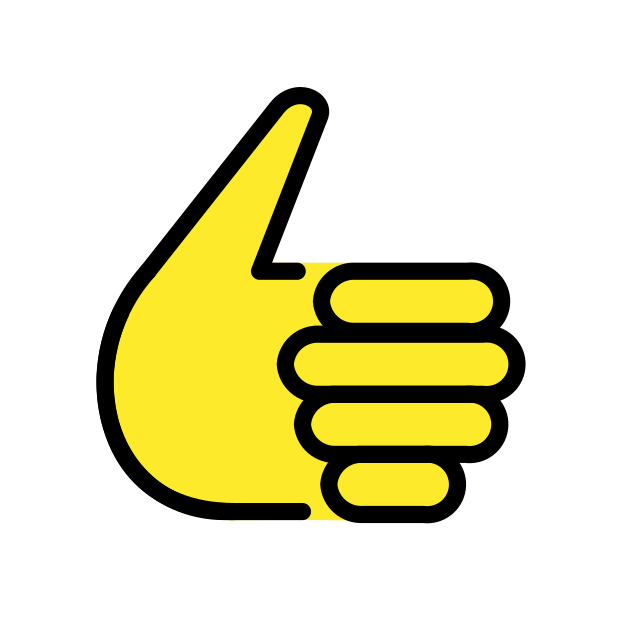-
Posts
2,457 -
Joined
-
Last visited
Everything posted by Zaine
-
Something that I enjoy doing is watching videos of kata performances and trying to guess what kata they do based on the unintelligible yelling that they do at the beginning. My record for getting it correct is very poor. A fun side game comes out of this where you just say what you heard them say. I've heard some pretty funny things come from the yelling (I swear I heard one competitor say "chicken soup").
-

Laws surrounding Banned or Prohibited Weapons
Zaine replied to Nidan Melbourne's topic in Martial Arts Weapons
For the US, it depends on which state you are in. Prohibited weapons are a state issue, usually. In Texas, there are no banned weapons that relate to kobudo. Anything from Sai to Tekko are completely legal to carry around. -

Training Camps and Student Promotions
Zaine replied to Nidan Melbourne's topic in Instructors and School Owners
I think it depends. If my student went out and got a Dan rank with another school, I would consider them to have a Dan rank with that school. When they came to my school, I would expect them to wear the rank that they earned under me. I would respect their decision to test, and that they have a rank in another school. They would just need to earn the same rank with me to wear it in my school. Full disclosure, I have my Nidan from the INKKS, and certainly didn't have any communication with my original sensei about it. There's a lot of complication behind that, but even if we were still communicating, I wouldn't mind if he still views me as a Shodan. Similarly, with my current dojo, they know that I am a Nidan, but I wear a Sankyu when I am at that school because that is the rank that I achieved with them. -
I love the idea of framing holes in the wall and labeling them. That's hilarious.
-
That is correct. He used the Shimabukuro/Shimabuku name interchangeably.
-
Welcome to the forum, @KorroddyDude, it's great to have you! I'm not sure if Kyan taught Naihanchi Nidan and Sandan, either. However, I know that Eizo Shimabuku, one of his students, did teach it. Eizo Shimabuku might have learned them from Motobu, who he trained with as well.
-

WKF Gloves vs. Boxing Gloves vs. MMA Gloves for Karate
Zaine replied to Nidan Melbourne's topic in Equipment and Gear
My first school went through different phases. We never used the WKF gloves, but something in between those and boxing gloves. We eventually transitioned into MMA gloves that were more padded than competition MMA gloves. This was during the 2000s when MMA and UFC were having a big boom. Eventually, we incorporated Kyokushin style fighting into our curriculum and sometime eschewed gloves altogether. -
This is a good point. Psychologically speaking, this is really sound theory. It's why we suggest that you change out of a work uniform/clothes when you get home if you're having trouble de-stressing at the end of the day after a shift. The act of putting on the gi can help you get into the right mindset for doing martial arts because you associate those clothes with doing martial arts.
-
Tennis definitely comes to mind with this point.
-
Create a routine of practice. When you're on your own with training, it's easy to put training aside for other things. Going to a dojo is really good motivation for practicing on your own, and when that is removed from the equation, it's easy to let it go to the side. Make solo training a habit. Put it on your calendar. Create alarms around it to remind you. Set a schedule. If you went to the dojo Monday, Wednesday, and Friday (for example), then train for an hour on those days at the time you would usually go.
-
Welcome to KF! It's great to have you!
-
Toyama Kanken The Heritage of Shotokan by Christian Bellina
-
I've only been to one gasshuku. I had a lot of fun doing it. I love camping and I love martial arts. I was invited by my sensei at the time because he was teaching the attendees of the gasshuku our version of Passai Sho. My best friend and I were there to be of assistance to him and help teach the other attendees. Later, we assisted our sensei with a concrete slab break he was doing while the slabs were on fire. Otherwise, I didn't attend any other class, and I don't really remember whether there were any other classes. I know they did a morning jog on day 2 that I woke up too late for, but otherwise my friend and I spent the time chatting up other instructors, helping cook the meals, and enjoying the camping part. In this, I guess I can only say that I wish more classes were made available to us, or that we had taken the opportunity to go to more classes. Looking back, I don't remember them advertising the classes with a general announcement of "x class is starting in 15 minutes" or the like. They also didn't have a posted schedule for us to follow, and that would have been nice as well.
-

Member of the Month for June 2024: ashworth
Zaine replied to Patrick's topic in KarateForums.com Announcements
Congrats! -
When driving, my wife tells me to take a John or a Theo, depending on which way we need to turn.
-

Welcome to the New KarateForums.com!
Zaine replied to Patrick's topic in KarateForums.com Announcements
It's perfect! -

Welcome to the New KarateForums.com!
Zaine replied to Patrick's topic in KarateForums.com Announcements
It's here! I was periodically checking in on your updates, excited for the end result. I'm happy to have helped test this site, and I can't wait to see what the future holds for this community which I love so much. -
I did 23 and Me and I was satisfied with the results. I'm not a scientist, so I don't have the knowledge necessary to check their work on a level that can confirm their percentages. What I can say is that, based on my own genealogical research, it matched up pretty well with what I thought. My wife was a little surprised by some of her results, but they matched after doing some digging into her genealogical history. The numbers themselves get pretty specific. When it came to "Broadly Northwestern European" it gave me a 9.5%. It also gave me 0.5% Finnish, so it gets as specific as it will allow. Furthermore, the specifics of region are there for the larger numbers. For my 21.1% French and German, it gave me the regions that my ancestors were from. If you're thinking about doing it, I can definitely recommend 23 and Me. There are other features, as well, such as linking you with other blood relatives and things that you're disposed to genetically.
-
I've recently been watching a lot of kata video from various competitions. Something that I have noticed is the difference of length of the kiai in Okinawan/Japanese martial arts (Shotokan, Goju Ryu, etc.) and Korean martial arts (TKD, Tang Soo Do, etc.). Okinawan/Japanese styles tend to draw out their kiai, whereas Korean styles keep it short. For the Okinawan/Japanese styles, I can attest to being taught to draw it out a little. My sensei preferred deep, guttural kiai that came from the diaphragm. The Korean poomsae I have seen seem to prefer short kiai from the throat. Can anyone help fill in my lack of knowledge?
-
The Reckoning of Roku by Randy Ribay
-
Nice! I have all the English volumes of Berserk and am excitedly awaiting Vol. 42.
-
Group training is a great idea! Having peers to motivate you is an awesome way to stick with it.
-
I wasn't aware that you are a manga reader? What other manga are you currently reading, Patrick?
-

Learning native language of your style
Zaine replied to JazzKicker's topic in General Martial Arts Discussion
that sounds intriguing! Myself i have constantly toyed with the ides of learning Japanese - mainly because i visited it before and loved it but noticed how little English people spoke there. My son loves Anime etc and would be great to take the family there on holiday but would be much better if at least one of us spoke some of the language! The Shihan of the Shobayashi school I was in was a fluent speaker and lived there for a time. It was interesting to hear her linguistic perspective on the different words we used.




